- No products in the cart.
Popis
Drypoint combined with aquatint 1932, size 29,5×19,5cm, 48,8×38,3cm (including frame), denoted right bottom: E. F. in oval
Signed right bottom: Emil Filla
Drypoint combined with aquatint In many Filla´s still lives, the notes and musical instruments – guitars, mandolins, flutes and clarinets – appear, usually complemented by bottles of alcohol, wine, rum, liquor, but also glasses, pipes or fruit. The music belongs to sensual and spiritual delights just like the tasty food or drink
The Still Life with Guitar, Clarinet, Bottle and Tray
is the illustration of musical attributes (the guitar and the clarinet) with the taste delight of the tasty food and the good drinks. Filla connects, in a unique way, the allusion to the music with the picture of a small table banquet, which is, indeed, much more modest in comparison to the ones on the paintings of old Holland masters of the 17th century. However, the musical instrument does not need to have exclusively the connotations of the sense delight of hearing. This dominating guitar in the still lives gets the strange anthropomorphic features as if a female figure was enchanted into the musical instrument. The guitar on this graphics symbolises the female principle, just like the clarinet unambiguously refers to the male principle.
The table located in the centre of the composition firmly frames and closes the emptiness of the illusive, infinite space that is disappearing to the infinity. The things on the table are seen from the direct perspective, and as whole objects, they are interpreted by the painter from their individual specific features and attributes, which the artist could perceive thanks to his highly active creative and aesthetic relation to the world.
The chosen technique of drypoint with aquatint enabled Filla to capture not only the objective side of the depicted things, but to reveal their hidden rhythms and intimate sides at the same time. The graphic allowed the painter to capture and preserve in a simple and pure way the aesthetic impression of the portrayal. The contours of the objects and their shapes engraved in the white space by expressive black line come out from the procedure and tractable logic of the drypoint. This technique enables Filla to use virtuously the wide range of the expression possibilities of the engraved line and scratch. The austere, even abstractly cold, line is accompanied by soft aquatint, which pours soft shadows in deep space transparencies and gives them sound in a deep echo.
Bibliography:
Vojtěch Lahoda: Emil Filla, Academia Praha 2007, pages 406, 415.
Čestmír Berka: Emil Filla, grafické dílo, Odeon 1968, pages: 30-31, 270.
Další informace
| Autor | |
|---|---|
| Období | |
| Místo vzniku | |
| Rok vzniku | |
| Kategorie | |
| Technika | |
| Téma | |
| Signováno | |
| Rozměr díla | 48.8 x 38.3 cm, ⤢ 62 cm |
| Rozměr kresby díla | 29.5 x 19.5 cm |
Pro přidávání recenzí se musíte nejdříve přihlásit.

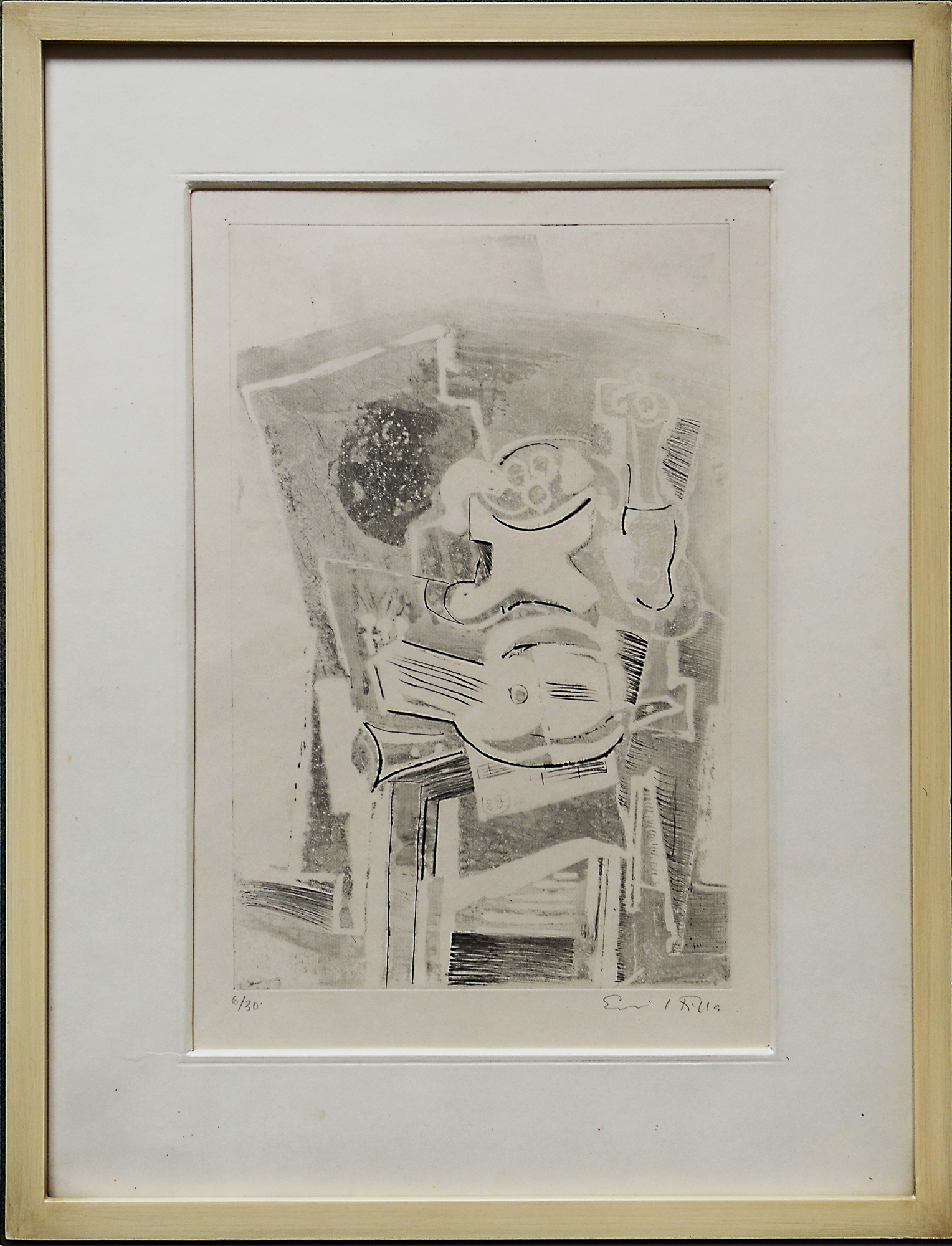


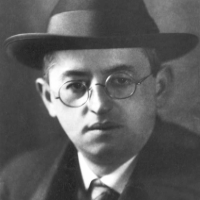

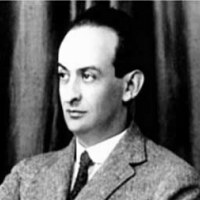


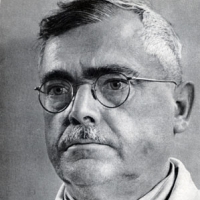
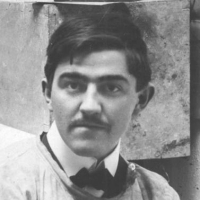
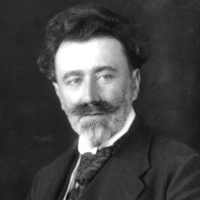
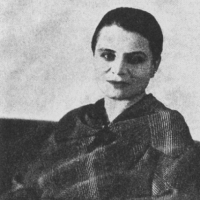
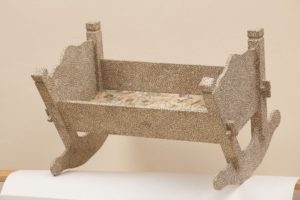
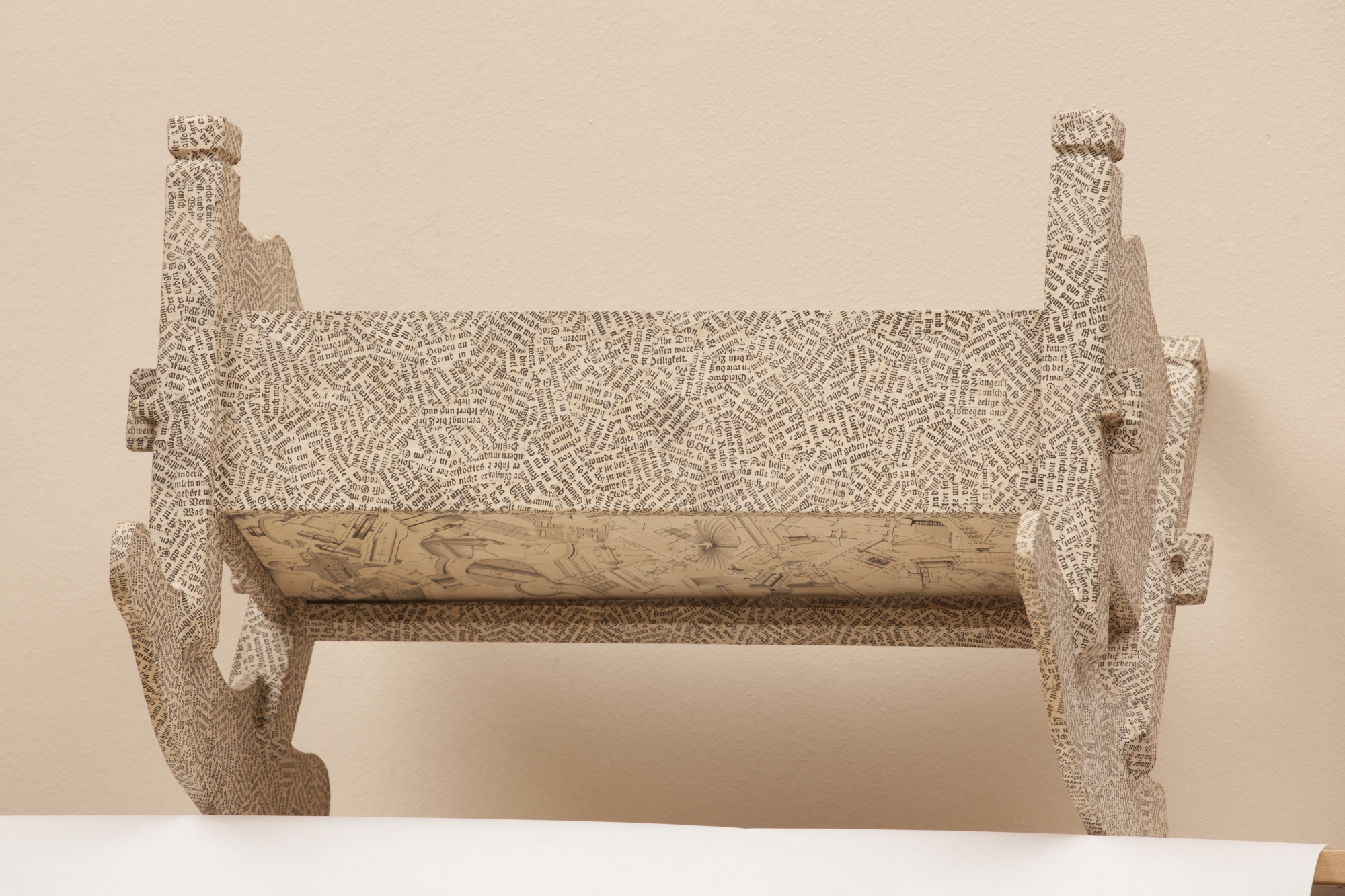
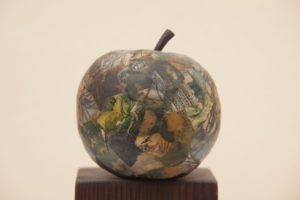
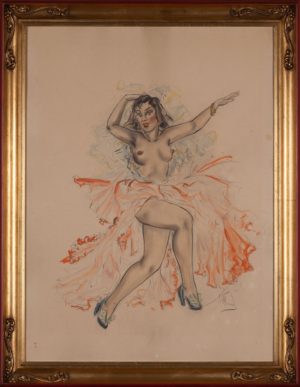


Recenze
Zatím zde nejsou žádné recenze.